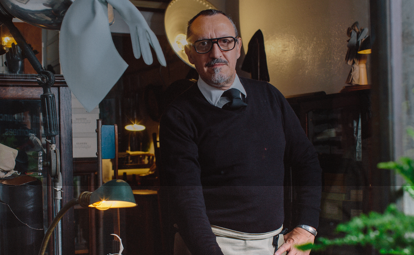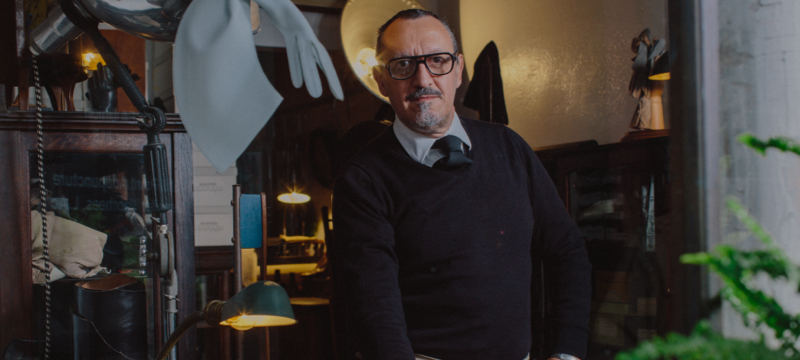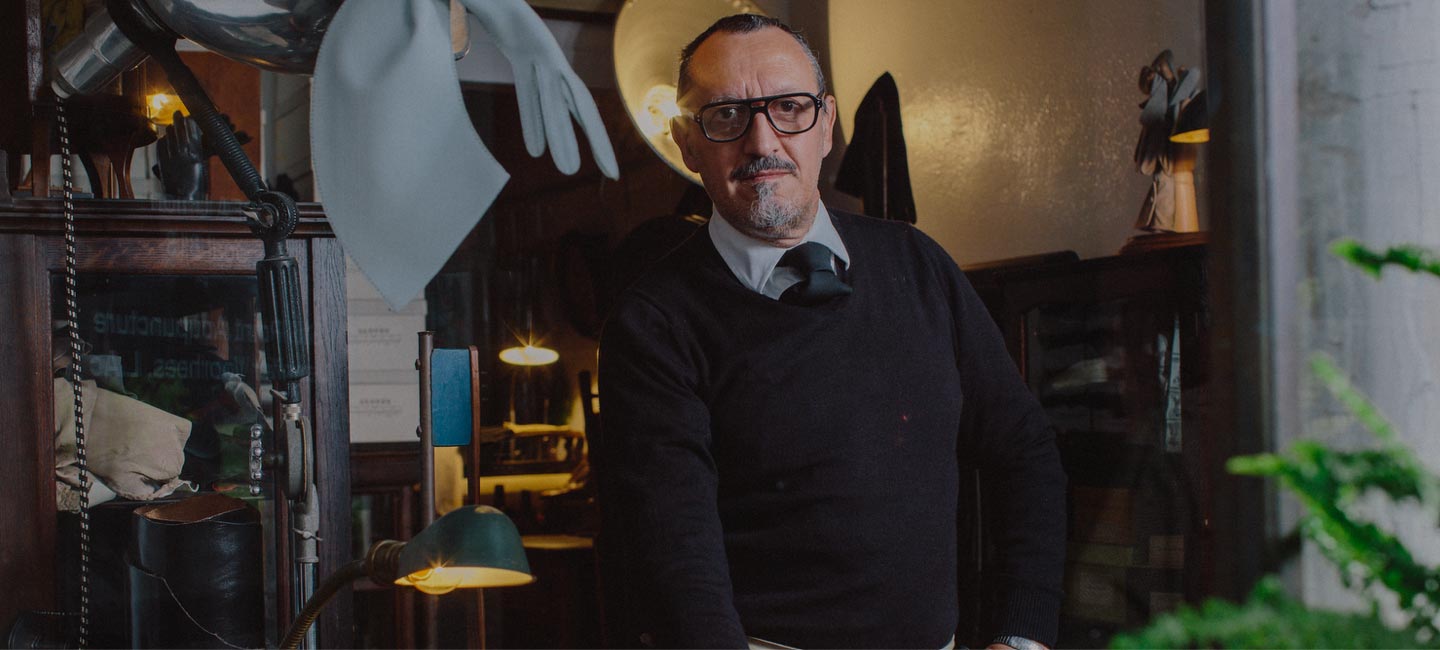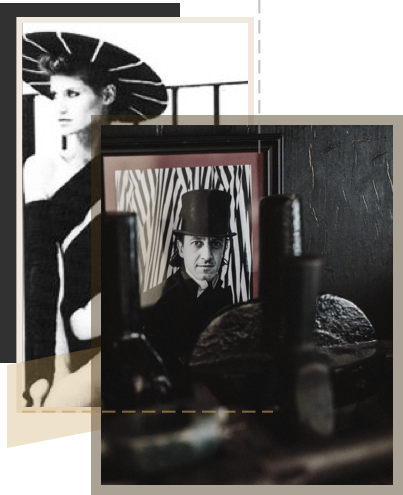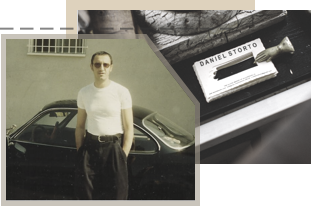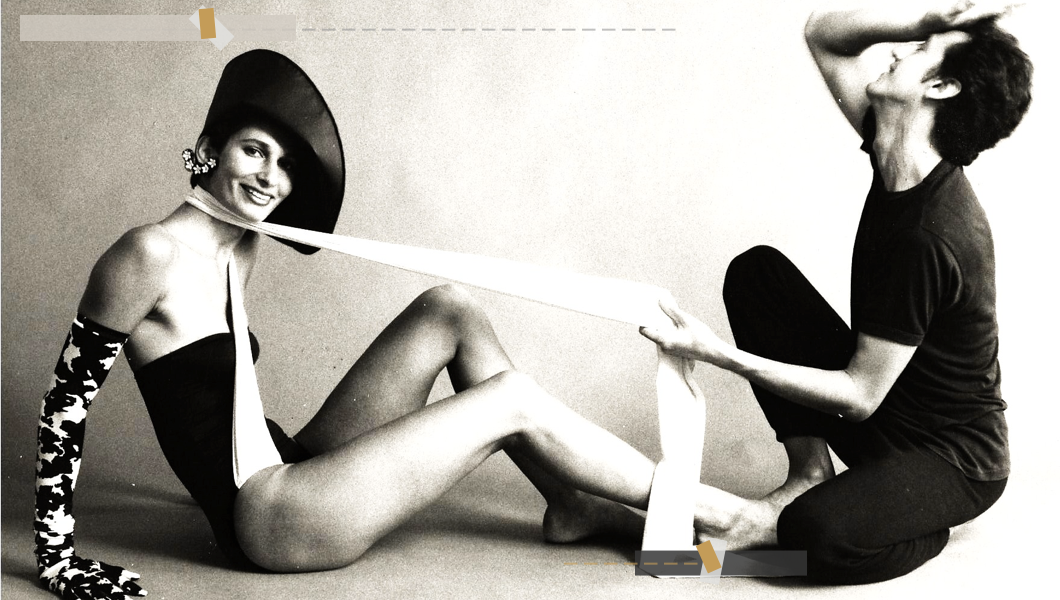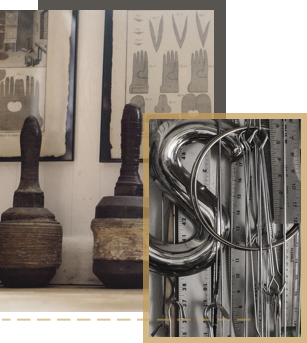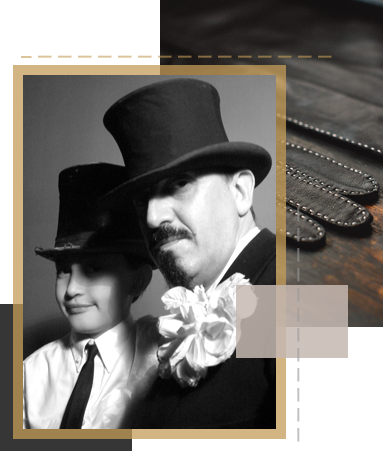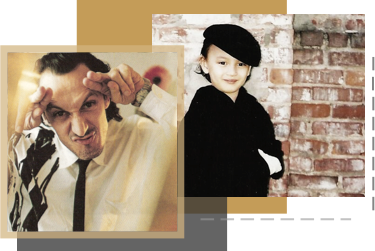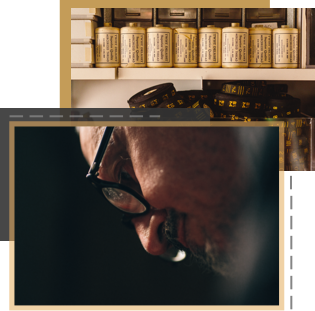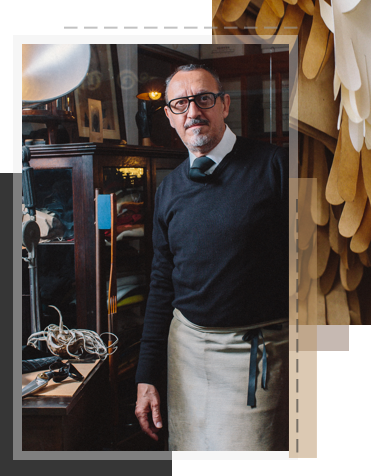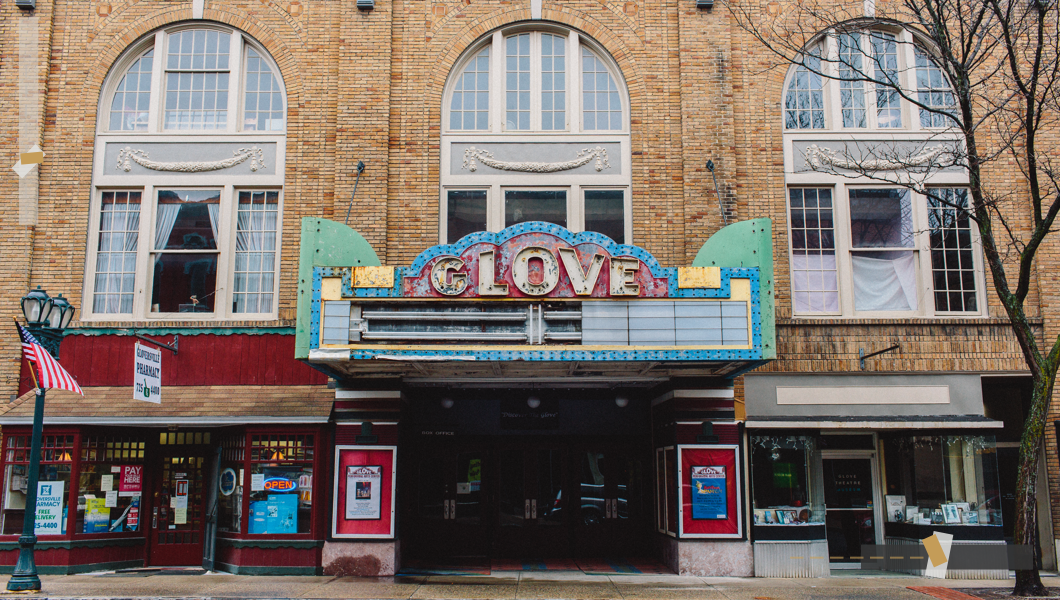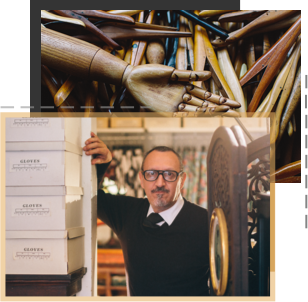Terms and Conditions
NO PURCHASE NECESSARY. Purchasing does not improve your chances of winning. The DEFINING MOMENTS CONTEST open to legal residents of the 50 U.S. + DC, who are age 21 + at the time of entry. To enter, visit time.com/partner/principal/a-handmade-man and follow the online instructions to submit your entry. Void outside the U.S. and wherever else prohibited by law. Contest Submission Period begins at 12:00:01 AM ET on 5/16/16 and ends at 11:59:59 PM ET on 6/20/16. Click here for Official Rules. Sponsors: TI Media Solutions Inc., 3 Bryant Park
New York, NY 10036, and Principle Financial Group, 711 High Street, Des Moines, IA 50392
A Hand-Crafted Man Contest
OFFICIAL RULES
NO PURCHASE NECESSARY
HOW TO ENTER:
This contest begins at 12:01 AM ET on May 16, 2016 and ends at 11:59 PM ET on June 20, 2016. To enter, Entrants need to visit time.com/partner/principal/a-handmade-man and, in 300 words or less tell us how your life took an unexpected turn but ended up having a positive outcome. Each Entrant also needs to upload an image of himself/herself. By entering, each Entrant warrants that his/her entry (1) is original and does not infringe the intellectual property rights of any third party, (2) has not previously been published in any medium or (3) has not won an award. Entries must be writing in English language only. Entries may only be submitted at the contest website.
JUDGING:
All entries will be judged by TIME and Principal Financial Group staff on the following criteria: appropriateness to contest theme (60%), originality and appeal of essay (40%). Incomplete and/or inaccurate entries and entries not complying with all rules are subject to disqualification for any reason and at any time during the contest period. Decisions of the judges are final and binding. The winner will be notified by email or telephone, starting June 21, 2016.
ELIGIBILITY:
Open to men and women who are legal residents of one of the 50 United States or the District of Columbia and 21 years of age or older at the time of entry. Void where prohibited by law. Employees of the Sponsors, TI Media Solutions, Inc. and Principal Financial Group, and their promotional partners and their respective parents, affiliates and subsidiaries, participating advertising and promotion agencies (and members of their immediate family and/or those living in the same of household of each such employee) are not eligible. Sponsor reserves the right to disqualify any entry for any reason, including but not limited to appropriateness of any components.
PRIZE AND APPROXIMATE RETAIL VALUE:
Prize: One (1) winner's contest entry will appear on time.com in a Principle Financial Group-sponsored article as part of a Principle Financial Group advertising campaign. The article will include the winner’s name and story. The winner will also receive a pair of gloves from Daniel Storto. The approximate retail value of the gloves is $100. No other compensation or remuneration of any kind will be paid to the winner. The winner is responsible for any taxes due as a result of receipt of a prize.
ENTRANT'S WARRANTY AND AUTHORIZATION TO SPONSORS:
By entering the Contest, Entrant warrants and represents that (a) his/her submission has been created by him/her and is truthful; (b) Entrant has obtained all required third-party releases (if any) in writing; (c) the story submitted as part of the Contest: (i) has not won previous contests or awards, or been entered in contests, or been published previously in any medium, (ii) does not infringe any third party’s intellectual property rights, (iii) does not contain obscene or pornographic material or promote alcohol, illegal drugs, tobacco, firearms/weapons (or the use of the foregoing) or promote any activities that may appear unsafe or dangerous, (iv) does not contain defamatory statements (including but not limited to words or symbols that are widely considered offensive to individuals of a certain race, ethnicity, religion, sexual orientation or socioeconomic group) or endorse any form of hate or hate group, (v) does not include threats to any person, place, business or group, (vi) does not invade privacy or other rights of any person, firm or entity, (vii) does not contain any derogatory references to Sponsors or any other person or entity or communicate a message or image that is inconsistent with the positive images and/or good will to which Sponsors wish to associate; (viii) does not feature, refer to or mention an competing brands of the Sponsor; (ix) does not make the Sponsors liable under any third party agreements or require the Sponsors to pay any fees or other compensation to any third party; and (x) does not in any way violate applicable laws or regulations.
CONDITIONS OF PARTICIPATION:
This contest is subject to all applicable federal, state and local laws and regulations. Entrants agree to be bound by the terms of these Official Rules and by the decisions of Sponsors, which are final and binding on all matters pertaining to this contest. By entering, Entrant represents that any photos and other materials submitted as part of Entrant's contest entry are original and will not constitute defamation or an invasion of privacy or otherwise infringe upon the rights of any third party, and that the Entrant owns or has the rights to convey any and all right and title in such photos and other materials. In addition, by entering, Entrant grants to Sponsors a non-exclusive, worldwide, royalty-free license to edit, publish, promote, republish at any time in the future and otherwise use Entrant's submitted photos and materials, along with Entrant's name, likeness, biographical information, and any other information provided by Entrant, in any and all media for possible editorial, promotional or advertising purposes, without further permission, notice or compensation (except where prohibited by law). Images may appear in a co-branded experience with Principle Financial Group. As a condition of entering this contest, each Entrant grants permission to Sponsors to perform background checks on him/her. As a condition to winning the prizes, the winner will also be required to sign and return an Affidavit of Eligibility, a Liability Release and where legally permissible a Publicity Release and confirmation of a license as set forth above WITHIN 5 BUSINESS DAYS following the date of first attempted notification, certifying, among other things, the following: (a) entry does not defame or invade the privacy of any party; (b) entry does not infringe upon the rights of any third party; and (c) the photo and other materials submitted are original and have never been published and entry has never won an award. Failure to comply with this deadline may result in forfeiture of the prizes and selection of an alternate winner. Return of any prize/prize notification as undeliverable may result in disqualification and selection of an alternate winner. Acceptance of the prizes constitutes permission for Sponsors and its agencies to use the winner’s name and/or likeness, biographical information, and photograph and other materials submitted for advertising and promotional purposes without additional compensation, unless prohibited by law. Principal Financial Group may approach the winner and/or any Entrant to participate in additional promotion on behalf of Principal Financial Group. Details of such additional promotion will be handled by Principal Financial Group. Nothing in these Official Rules shall obligate Sponsors to publish or otherwise use any entry submitted in connection with this contest. By entering and/or accepting the prizes, Entrants and the winner agree to hold Sponsors and promotional partners, and their respective directors, officers, employees, agents and assigns harmless from liability, damages or claims for injury or loss to any person or property, including death, relating to, in whole or in part, directly or indirectly, participation in this contest, the acceptance and/or subsequent use or misuse, or condition of any of the prizes awarded, or claims based on publicity rights, defamation, or invasion or privacy. False or deceptive entries or acts will render the Entrant ineligible. Sponsors, in their sole discretion, reserve the immediate and unrestricted right to disqualify any Entrant or the winner, if either commits or has committed any act, or has been involved or becomes involved in any situation or occurrence which Sponsors deems likely to subject Sponsors, Entrant or the winner to ridicule, scandal or contempt or which reflects unfavorably upon Sponsors in any way. If such information is discovered by Sponsors after the winner has received notice of his/her prizes and before the prizes are awarded, Sponsors may rescind the prizes in their entirety. If a portion of his/her prize has already been awarded, Sponsors may withdraw the remainder of the prize that has been fulfilled. Decisions of Sponsors are final and binding in all matters related to these Official Rules. Sponsors are not responsible for any typographical or other error in the printing of the offer, administration of this contest, or in the announcement of the prizes.
INTERNET:
Sponsors are not responsible for lost or late entries nor for electronic transmission errors resulting in omission, interruption, deletion, defect, delay in operations or transmission, theft or destruction or unauthorized access to or alterations of entry materials, or for technical, network, telephone equipment, electronic, computer, hardware or software malfunctions or limitations of any kind, or inaccurate transmissions of or failure to receive entry information by Sponsors or presenter on account of technical problems or traffic congestion on the Internet or at any Web site or any combination thereof. If for any reason the Internet portion of the program is not capable of running as planned, including infection by computer virus, bugs, tampering, unauthorized intervention, fraud, technical failures, or any other causes that corrupt or affect the administration, security, fairness, integrity, or proper conduct of this Contest, Sponsors reserve the right at their sole discretion, to disqualify any individual who tampers with the entry process, and to cancel, terminate, modify or suspend the Contest. Sponsors reserve the right to select the winner from eligible entries received. CAUTION: Any attempt by an Entrant to deliberately damage any Web site or undermine the legitimate operation of the contest is a violation of criminal and civil laws and should such an attempt be made, Sponsors reserve the right to seek damages from any such Entrant to the fullest extent of the law. If there is a dispute as to the identity of winner, the prizes will be awarded to the authorized account holder of the email address.
GOVERNING LAW:
This contest is governed by the internal laws of the State of New York without regard to principles of conflict of laws. All cases and claims pertaining to this Contest must be brought in a court of competent jurisdiction in the City of New York (except for Principal Financial Group, which may bring suit in a court of competent jurisdiction in the City of Des Moines, IA), without recourse to class action suits.
SEVERABILITY:
If any provision of these Official Rules is found to be invalid or unenforceable by a court of competent jurisdiction or appointed arbitrator, such determination shall in no way affect the validity or enforceability of any other provision herein.
WINNER INFORMATION:
For the name of the winner, available after July 1, 2016, send a separate self-addressed, stamped envelope to TIME Magazine, 3 Bryant Park New York, NY 10036.
SPONSORS:
The Sponsors of this Contest are: TI Media Solutions, Inc., 3 Bryant Park, NY, NY 10281 and Principle Financial Group, 711 High Street, Des Moines, IA 50392



